The Queen has a £13 billion property empire — here are the 11 most spectacular assets she owns

Your support helps us to tell the story
From reproductive rights to climate change to Big Tech, The Independent is on the ground when the story is developing. Whether it's investigating the financials of Elon Musk's pro-Trump PAC or producing our latest documentary, 'The A Word', which shines a light on the American women fighting for reproductive rights, we know how important it is to parse out the facts from the messaging.
At such a critical moment in US history, we need reporters on the ground. Your donation allows us to keep sending journalists to speak to both sides of the story.
The Independent is trusted by Americans across the entire political spectrum. And unlike many other quality news outlets, we choose not to lock Americans out of our reporting and analysis with paywalls. We believe quality journalism should be available to everyone, paid for by those who can afford it.
Your support makes all the difference.LONDON -- Sometimes it pays to be a monarch.
The English Monarchy holds a huge amount of historic property in the UK, which is managed by the Crown Estate.
The Crown Estate announced in June that it returned a record £328.8 million to the Treasury in 2016 as the value of the overall estate rose to an astonishing £13.1 billion.
Under current arrangements, the Queen receives 25% of the Crown Estate's revenues in the form of a Sovereign Grant, which is used to fund her official work and the upkeep of her residences.
Alongside property historically owned by the monarchy, the Queen also personally owns property assets -- rather those attached to the office of the monarch -- and her holdings include some of the grandest properties in Britain.
Business Insider took a look at the most spectacular royal assets. The list includes some of the country's best-known buildings: Iconic race courses, grand hotels, historic castles, and an offshore energy portfolio worth over £1 billion.
The Savoy, London: The Queen privately owns an 18,433-hectare estate called the Duchy of Lancaster. It is administered separately from the Crown Estate. Part of that is the Savoy Estate, a stretch of prime real estate in central London which houses the iconic Savoy Hotel, long seen as the height of sophistication.
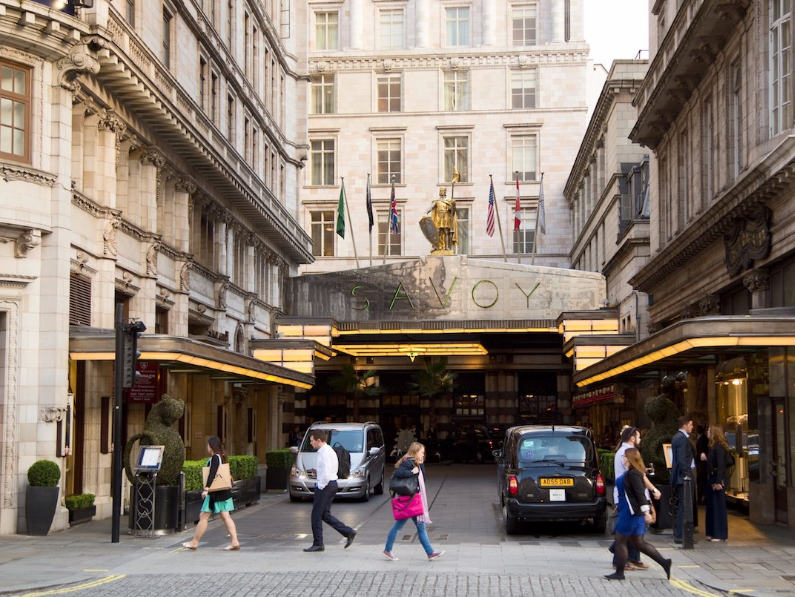
Historic Castles: The Duchy of Lancaster also holds around a dozen historic properties, including Lancaster Castle in Lancashire (pictured), and Pickering Castle in Yorkshire. The Duchy delivers an annual income of around £18 million, which is paid directly to the ruling monarch.
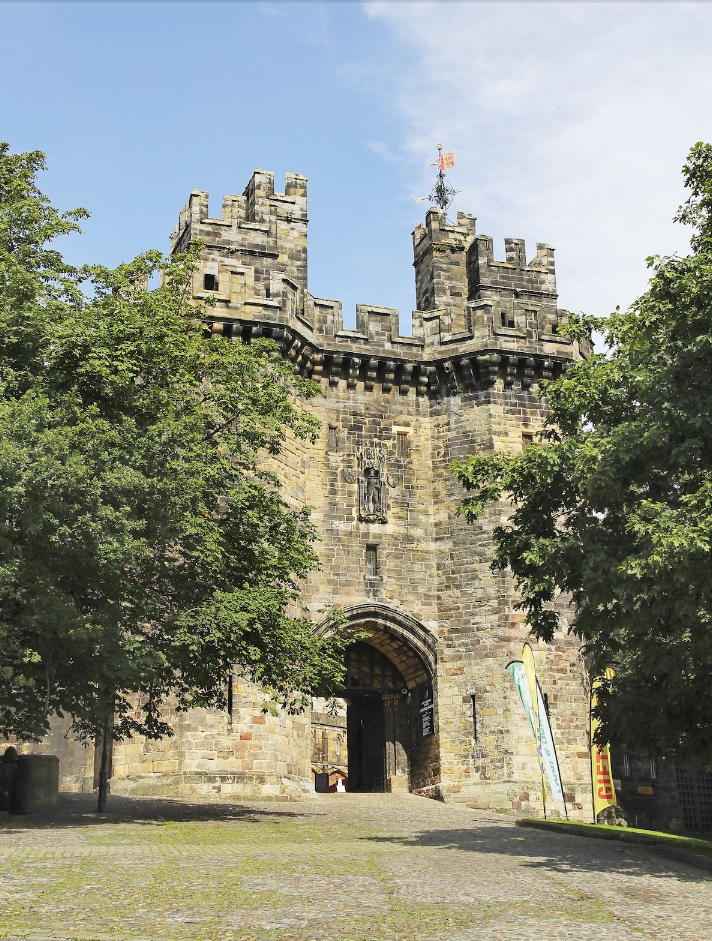
Sandringham House, Norfolk: The 8,000-hectare estate in Norfolk, England, is privately owned by the Queen. It was originally purchased by Queen Victoria in 1862. Prince Philip and the Queen choose to spend much of their time at the private country residence.
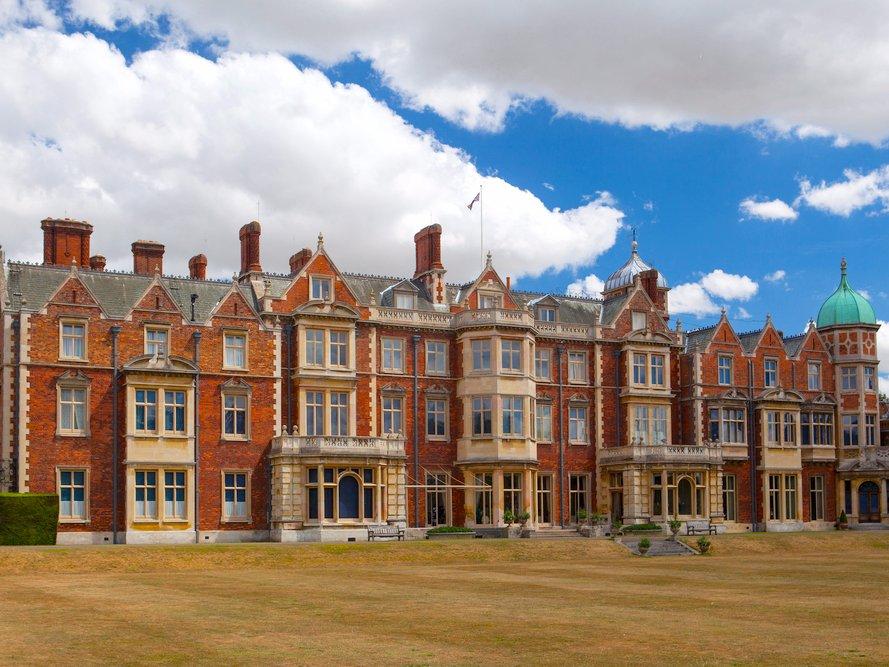
Balmoral Castle, Aberdeenshire: This 20,000-hectare Scottish estate has been the private property of the British monarch since 1852 and the Queen spends each summer there. Princess Eugenie, the Queen's granddaughter, said of Balmoral: "It's the most beautiful place on earth. I think Granny is the most happy there. I think she really, really loves the Highlands."
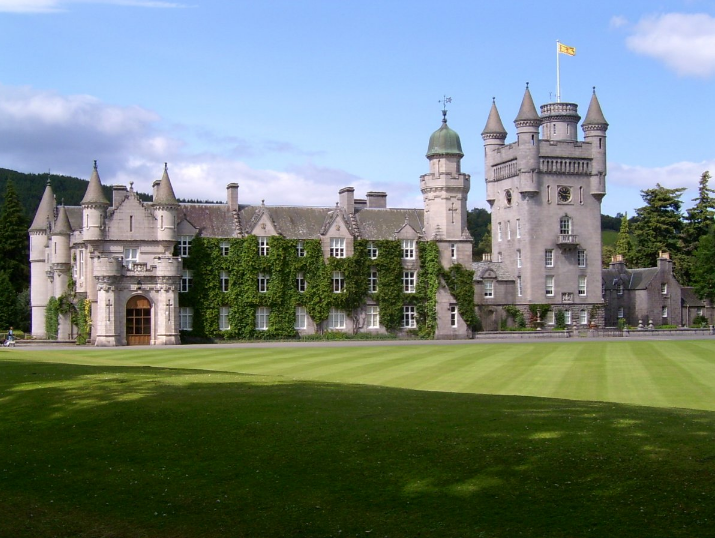
Ascot Racecourse, Berkshire: Queen Elizabeth II is an avid lover of horse racing, and reportedly reads the Racing Post with breakfast every day. Ascot Racecourse in the south of England is part of the Crown Estate and hosts the world-famous Gold Cup each June. The race is one of the monarch's favourite annual events.

Regent Street & St James's Market, London: The Crown Estate owns the entirety of Regent Street in London, one of the UK's best-known shopping streets. It also owns prime retail property across the UK in locations including Oxford, Exeter, Nottingham, Newcastle, Harlow, and Swansea.
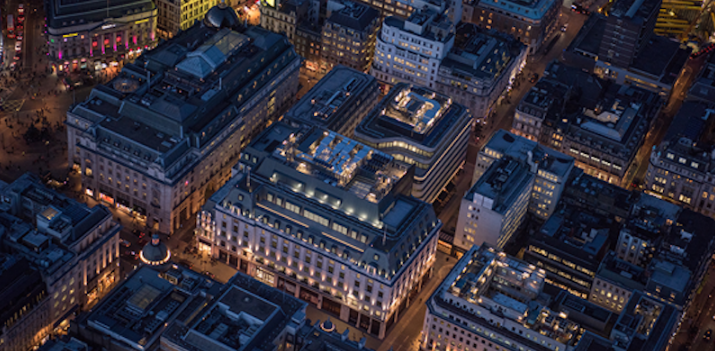
Lots and lots of farms: The Crown Estate owns around 106,000 hectares (263,000 acres) of farmland across the UK. Its farming operations include small hill farms in Wales and huge commercial operations in the east of England.
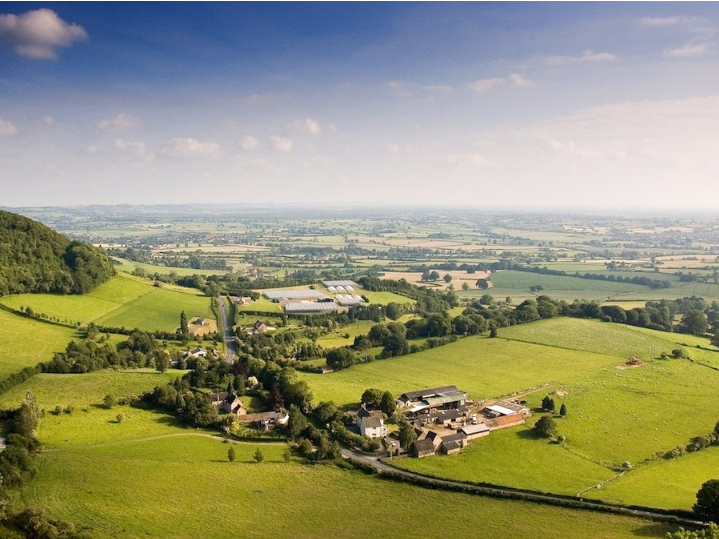
Fishing rights in Scotland: The Crown owns the rights to salmon fishing and gold mining in Scotland. It has licensed some of these away over the years. Additionally, under UK law, whales and sturgeons -- which produce caviar -- are "royal fish," meaning they cannot legally be caught by fisherman.
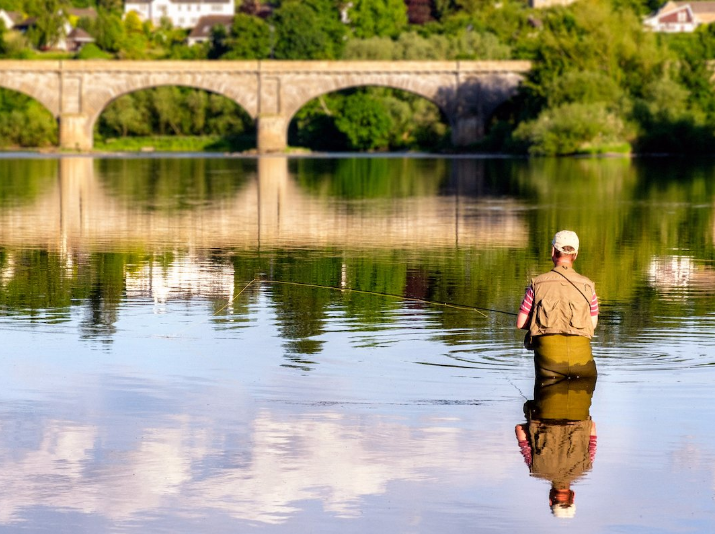
Windsor Castle & Great Park, Berkshire: The 6,400-hectare Windsor estate in Berkshire is part of the Crown Estate's portfolio. The Castle is the Queen's preferred weekend destination and is also used to host state visits. Windsor Great Park is the only Royal Park managed by the Crown Estate.
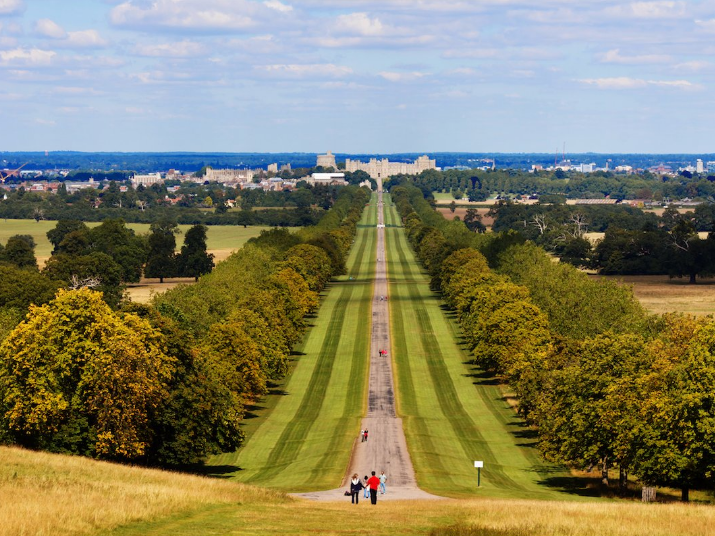
Forests: The Crown Estate holds around 11,000 hectares of forestry in areas including Berkshire, Somerset, and Cairngorms in Scotland. Many of the forests used to be royal hunting forests. Pictured is Swinley Forest, part of the Windsor Estate in Berkshire.
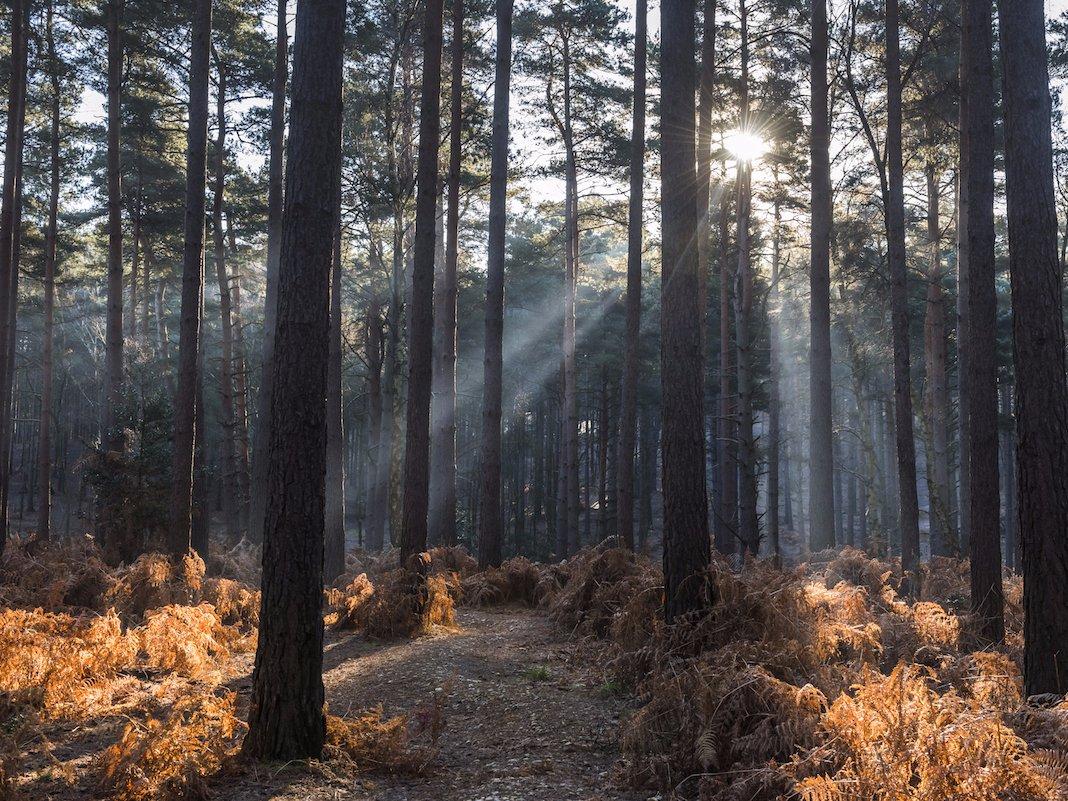
Wind farms: The Crown Estate owns a £1.1 billion offshore energy empire which includes 30 wind farms. Prince Philip once described wind farms as "absolutely useless" and Prince Charles described them as a "horrendous blot on the landscape."
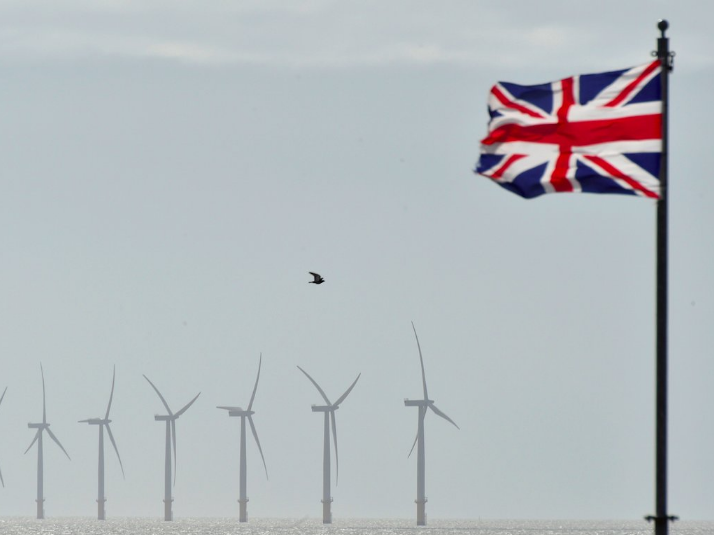
The Crown Estate holds many more assets than those listed above. Here is a snapshot of the sheer scale and volume of its assets, ranging from retail parks to forests to Scottish oyster farms.
Read more:
• This chart is easy to interpret: It says we're screwed
• How Uber became the world's most valuable startup
• These 4 things could trigger the next crisis in Europe
Read the original article on Business Insider UK. © 2016. Follow Business Insider UK on Twitter.
Join our commenting forum
Join thought-provoking conversations, follow other Independent readers and see their replies
Comments